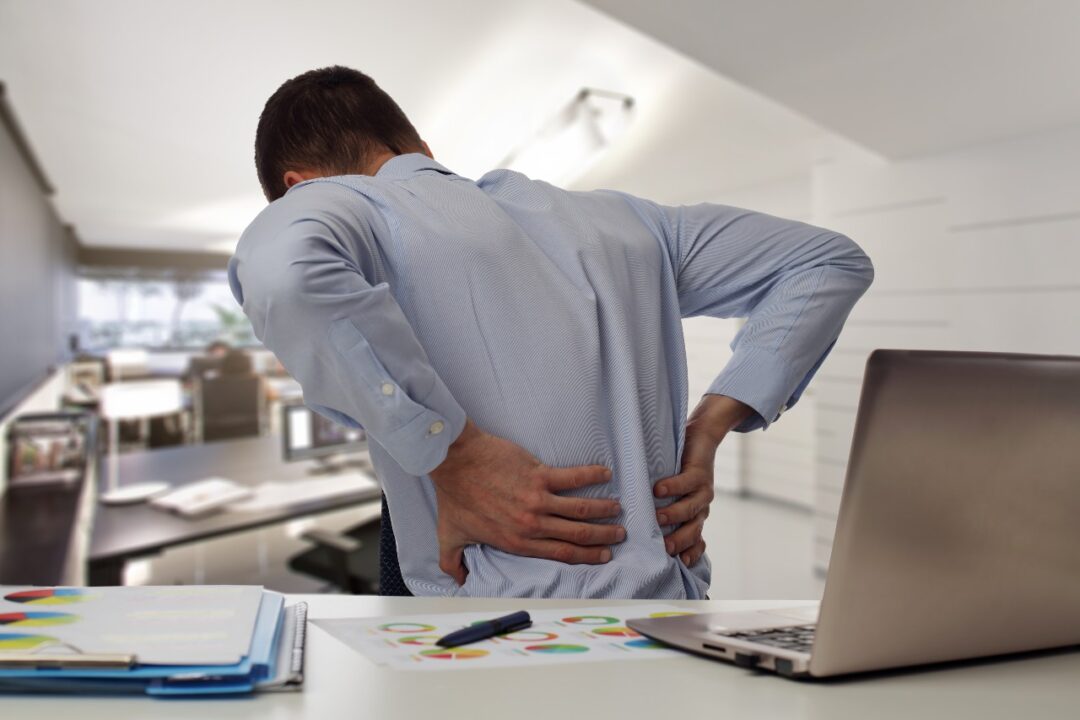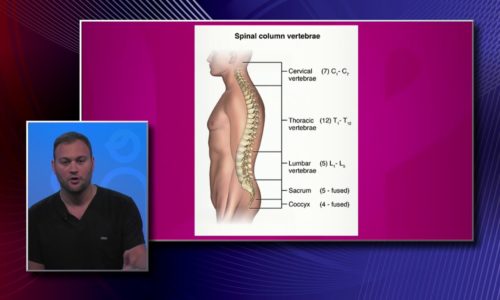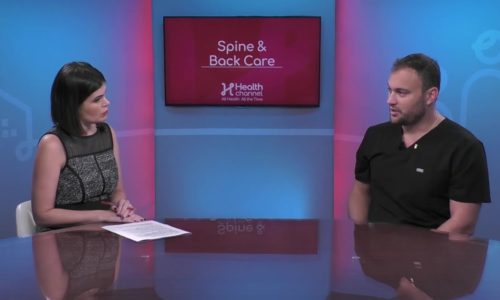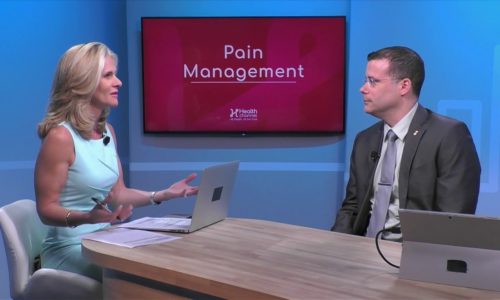How do I manage lower back pain? |

It is estimated that approximately 80% of us will develop back pain at some point in our lives. The Agency for Healthcare Research and Quality, estimates that approximately 27 million Americans are affected by back pain each year. Misinformation and misunderstanding about back pain abounds. The following are a number of the “myths” surrounding back pain with “facts” to set the record straight.
Myth #1: Bed rest is the best treatment for acute low back pain.
Fact: Following an acute injury, a short period of rest, usually not more than a day or two, can help to settle down the pain and prevent reinjury. Too much rest, however, may stiffen and weaken muscles and joints and cause the pain to worsen. It’s better to become active as soon as pain allows and initiate a gentle program of exercise to strengthen the back.
Myth #2: X-rays and MRI scans are necessary for diagnosing back pain.
Fact: The best tools for diagnosing back pain are the doctor’s history and physical examination. Most low back pain is due to “soft tissue” injuries, such as muscle or ligament strains, and these do not show up on x-rays or scans. To perform imaging studies on every person with back pain would be unnecessary and would generate needless expense. For specific indications, however, such as back pain following a severe injury, imaging studies should be performed.
Myth #3: Back pain caused by a herniated (“slipped”, ruptured, etc.) disc requires surgery for relief.
Fact: Only 10% of people with symptomatic herniated discs undergo surgery. Approximately half will recover after a month and another 40% will get better within 6 months. Surgery is appropriate for people with certain problems such as persistent leg weakness, urinary incontinence due to nerve compression, or limitation of daily activities. When all causes of lower back pain are considered, less than one person in 1,000 will need surgery.
Myth #4: Low back pain is most likely to affect those with physically demanding jobs.
Fact: Sitting applies more pressure on the discs than standing. Those with sedentary jobs involving long periods of sitting may place more stress on their back than those who work on their feet, even if the job is physically demanding. The risk of injury can be reduced somewhat through attention to office ergonomics and taking regular stretch breaks. Jobs involving heavy lifting, particularly when poor lifting mechanics are used, do increase the likelihood of developing low back pain.
Myth #5: Having chronic back pain means that you should curtail your physical activity.
Fact: Numerous studies have demonstrated that performing appropriate exercise is highly beneficial for those with chronic low back pain. This program should include aerobic exercise to condition the heart and larger muscles, a strengthening program, particularly for the abdominal and lower back muscles, as well as a stretching program to maintain flexibility.
Myth #6: Most low back pain is caused by disease affecting the discs.
Fact: On the contrary, most low back pain is triggered by injury to the supportive structures, e.g. muscles and ligaments. Millions of people seek medical attention each day for low back pain, however, less that 5% of these will have low back pain caused by a herniated or slipped disc.
Myth #7: Cigarette smoking has no bearing on the development of low back pain.
Fact: A number of studies indicate that smoking is a leading risk factor for the development of degenerative disc disease, a major cause of lower back pain in older individuals. The reasons for this may have to do with the toxic effects of nicotine on the intervertebral discs or the fact that many smokers have a sedentary lifestyle. Research has also shown that smokers who quit report greater improvement in back pain than people with back pain who continue to smoke.
If you have any more questions just Ask Hanna, our health advisors are here to help.
Image: ©Shutterstock / Albina Glisic








